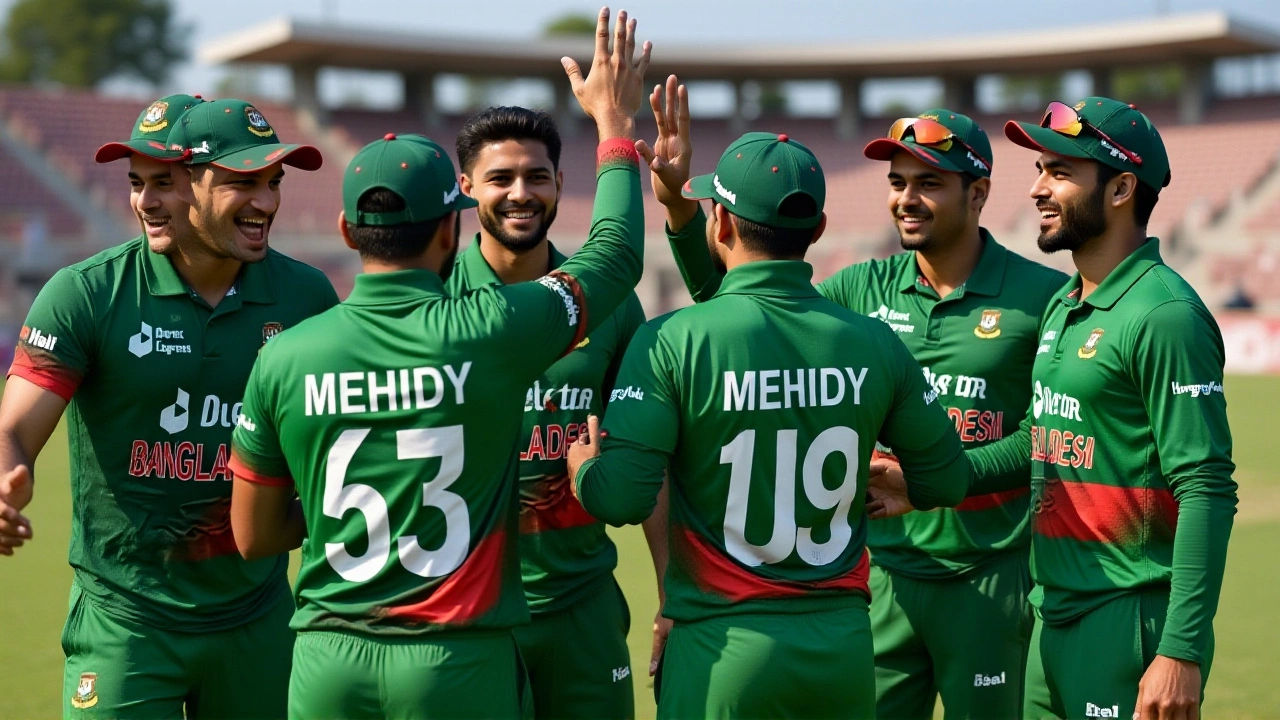Bangladesh: Culture, Cricket, Economy & More
When you hear Bangladesh, a South Asian nation known for its bustling cities, mangrove forests and a love for sport. Also called the People's Republic of Bangladesh, it sits in South Asia, a region that ties together India, Pakistan, Nepal and Sri Lanka. One of the biggest threads in everyday life is Cricket, the sport that fuels rivalries, draws crowds and brings the nation together during tournaments. Meanwhile the Bangladeshi economy has been among the fastest‑growing in the world, driven by textiles, remittances and a young workforce that increasingly shapes regional trade. These three pillars—location, sport and finance—create a web of connections that show why Bangladesh matters on the world stage.
Culture runs deep in Bangladesh. The official language, Bengali, carries a literary legacy that includes Nobel laureate Rabindranath Tagore. Festivals like Pohela Boishakh (Bengali New Year) light up streets with color, music and traditional foods such as pitha and hilsa fish. Film, dance, and folk art keep centuries‑old traditions alive while modern designers bring fresh looks to global runways. This blend of old and new makes the country a living museum of South Asian heritage.
On the sports front, cricket isn’t just a game; it’s a national narrative. Bangladesh competes fiercely in events like the Asia Cup, where matches against Pakistan and India turn into high‑stakes dramas that capture millions of viewers. The passion spills into local leagues, school grounds, and community gatherings, reinforcing a sense of identity that cuts across age and class. When the team wins, streets echo with celebration, and when they lose, analysts dissect every ball—showing how deeply the sport is woven into everyday conversation.
Economically, Bangladesh has turned its textile sector into a powerhouse. Ready‑made garments now account for a large slice of export earnings, pushing the country into the top ten global producers. Small‑scale industries and tech startups are also gaining momentum, thanks to a growing middle class and improved digital infrastructure. These economic strides not only raise living standards but also attract foreign investment, linking Bangladesh tighter to its South Asian neighbors and beyond.
Tourism adds another layer to the nation’s appeal. The Sundarbans mangrove forest, home to the elusive Bengal tiger, offers wildlife enthusiasts a rare experience. Meanwhile, the world‑longest natural sea beach at Cox’s Bazar draws backpackers and families alike. Historic sites like the ancient city of Paharpur and the bustling markets of Dhaka showcase a blend of history and modern hustle that keeps travelers coming back.
In the digital age, Bangladesh’s media consumption mirrors its youthful energy. More people stream news and entertainment online, using platforms that blend local content with regional updates. This shift mirrors trends seen across South Asia, where mobile connectivity fuels a nonstop flow of information, opinions, and social interaction. The rise of online platforms also means that stories about cricket, economics, and culture travel faster, reaching audiences far beyond the country’s borders.
Below you’ll find a curated set of articles that dive deeper into the topics we just touched on—whether you’re curious about the latest cricket showdown, want to understand the forces driving Bangladesh’s economy, or just love discovering new cultural insights. Explore the collection to get a fuller picture of how this vibrant nation shapes and is shaped by the world around it.

Bangladesh Names Najmul Shanto-Led Squad for ICC Champions Trophy 2025
Bangladesh unveils a Shanto‑led squad for the ICC Champions Trophy 2025, focusing on form and spin strength as they face India, New Zealand and Pakistan in Group A.